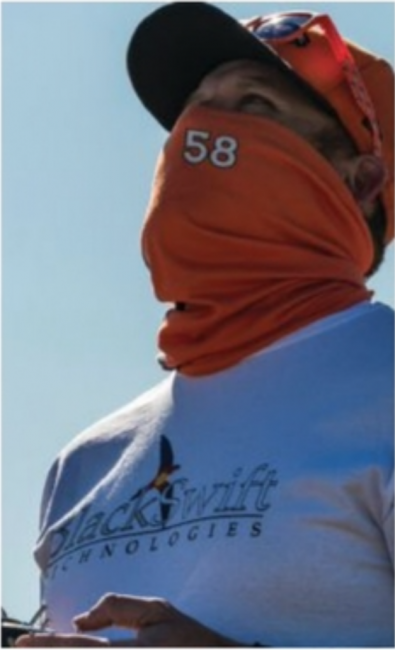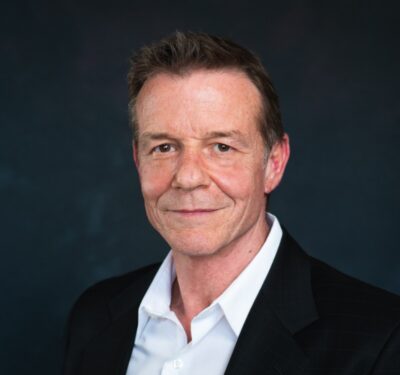
Jack Elston, President and CEO, Black Swift Technologies
When Jack Elston started Black Swift Technologies in 2011, he’d already been a postdoctoral research fellow after earning three degrees from the University of Colorado Boulder. Today, Black Swift’s VTOL and tube-launched variants are used by the Air Force and NOAA (The National Oceanic and Atmospheric Administration) for wind profiling and hurricane observations. And that’s just on Earth.
Throughout, Elston has prized the opportunity high-end collaborations offer. “It’s just so much fun to learn about all these new fields. The engineer in me gets very excited about trying to solve problems.”
SCIENTISTS AND REGULATORS
“We collaborate with scientists all the time,” Elston explained. “We come up with a well-defined set of requirements, milestones, achievements that we can both agree on. We help figure out what sensors to integrate to do the most amount of work for them, and then make sure the scientific data we’re grabbing is exactly what they want to get. You’re constantly iterating and reviewing back and forth.”
Collaborating with “really brilliant people,” however, requires understanding their mindset. “A lot of people that are smart have realized it’s not worth wasting too much time on people who are incapable of doing their job. You have to prove you can do that [job]. There’s certainly the street cred thing,
“Normally, they’re very excited at first because it’s a bleeding edge kind of thing,” Elston continued. “Once we kind of prove out the technology, they’re often moving on to the next thing when we still need to make it into a commercial product, or whatever the end result. That’s tricky, to continue to maintain their interest.”
Of course, Black Swift’s nine-person team aren’t scientific slouches. “Collaboration is usually sparked by explaining the capabilities of unmanned aircraft systems,” Elston said. “They can say, ‘Hey, if we could get those kind of directed, targeted measurements, then we can do all this extra science.’ All of us are very excited about gathering new knowledge.”
Interacting with regulators also can require negotiation skills. “We were chasing tornadoes, traumatic storms, with unmanned aircraft systems at the University of Colorado. They wanted notice of what flight pattern we were going to use 72 hours ahead. That’s impossible—that’s the reason why we’re doing the research. We were able to work with them to get it down to just an hour notice within a 20 by 20 mile box.”
VOLCANOES AND VENUS
Volcano monitoring in Alaska has involved a very pleasurable collaboration, Elston said. “We got to know the P.I at NASA really well—an amazing guy—and that ended up rolling into working with a lot of people at USGS [the United States Geological Survey]. We’re looking at multiple opportunities a year to go fly these payloads.”
Elston also is excited about “a really awesome proof of concept”—to design a glider for Venus’ upper troposphere. “Venus’ violent atmosphere is essentially like a constant hurricane, rotating around the planet every four days,” he explained. To mitigate those effects, Elston is exploring “dynamic soaring.” To do so, he’s drawing on both his postdoc thunderstorm research and one of Earth’s great fliers, the albatross, which alternates wave troughs and winds to soar for great distances. “The albatross uses it to cross the ocean. Without even flapping their wings, they’re actually gathering energy through that cycle.
“We can put up a fairly sizable aircraft able to carry all the scientific payloads,” Elston said about the Venus concept. “The best thing is, you have to change altitudes to keep up in the air, so you’re already doing all sorts of profiling, so it might be a better scientific instrument.” And another learning opportunity.






